The drive from Wellington to Taranaki is a beautiful one. The moment you spot the maunga in the distance, you can’t take your eyes off it as it ducks in and out in the distance. The day we arrived was a stunning one – clear blue skies and visbility for miles.
Simon had timed our drive just right as we pulled up to Anndion Lodge, on the banks of the Whanganui River, to find Dion outside waiting for us. Within five minutes of talking with him it was clear to us that his wife Anne, and the lodge that they have created together, is very dear to him.
The Lodge started from a dilapidated house back in 2004. Anne and Dion barely got more than four hours sleep a night as they worked on making the house into suitable accommodation for visitors, as well as still working their full time jobs to pay for it. Over the next eleven years, the opportunities arose for them to purchase four of the surrounding properties, so the Lodge can now sleep more than 50 people over a range of options (backpacker, self-contained unit, twin rooms etc). They have conference, wedding and restaurant facilities, as well as the pool, spa and BBQ area that travellers have come to expect.
The Lodge has been a labour of love for Anne and Dion over the past 11 years. They have undertaken much of the work on their own (it sounds as though they haven’t had an 8-hour a night sleep in all of that time!), but what they have created is a resounding success, with an incredible occupany rate, rave reviews and return visits – the trifecta for accommodation owners!
Then it was off to Mint – a Māori owned cafe in the centre of Whanganui to meet with the local MRTO (Māori Regional Tourism Organisation). Soraya and Daryn gave us a deeper understanding of what their organisation does, the support they offer to their members, and some of the issues their members are working their way through. One that came up time and again over our time in Whanganui and Taranaki was the cost of compliance for tourism operators – insurance, permits, concessions and more.
Back on the road, we passed through Patea, and the Patea Māori Club where we couldn’t help but get their most famous song in our head for the next few minutes.
In Eltham, Simon pointed out the places where he grew up, played league and went to school, before we turned off down a gravel road towards Ariari Lodge, Lake Rotorangi Driving through native bush on one side, and cleared farmland on the other, we soon arrived at a little slice of paradise, which Cathy & Steven Katene proudly call their own.
Ariari Lodge is a beautifully built cedar-exterior lodge with rimu and marble trim throughout and set amongst serene gardens and bush walkways. Sitting on the deck with a cup of tea automatically makes you feel relaxed! Cathy told us about their history of Ariari Lodge, and their dreams of it for the future. The property borders the Patea river, a great spot for kayaking, jet skiing, swimming and fishing. They have four chalets on the property, with plans to build more. The Lodge has visitors from all over the world who come here for a peaceful break, and to enjoy some of Cathy’s fabulous cooking! They have hosted conferences, club dinners, and luncheons at the lodge and hope to expand into a country cafe, and weddings side of their business. If you ask Steve nicely, he will take you out into the surrounding bush to hunt the (delicious!) pigs and deer in the area.
Back into cellphone reception, it was time to post a few tweets and share photos on instagram of the maunga as we arrived at the Ngati Ruanui Stratford Mountain House – our location for dinner and bed for the evening. The drive from Stratford along a bush-surrounded road truly did feel as though you were discovering a well-kept secret when we arrived at the House.
Sarah-lee, who manages the House, was busy with the dinner service, but had time for a quick chat with us in between managing her staff. The Mountain House is a fantastic base for those who are wanting to walk the different routes that are available on Mt Taranaki and the surrounding National Park.
After a delicious dinner of lamb and fruit crumble, the view of the maunga right outside slowly faded away as darkness came. Waking up the next morning and opening the curtains, the maunga looked absolutely stunning. After getting rid of the frost on the car, we were on our way into New Plymouth for a big breakfast – and The Federal Store did not disappoint. The kai was filling enough to keep us going for almost the whole day!
Then it was off to meet Tom Parsons from Taranaki Tours. Tom has been involved in tourism in Taranaki for many years, and is very familiar with the region having grown up there.
First stop – Stratford for a caffeine pick me up – as once you’re on the Forgotten Highway, there is not much there in terms of food, drink, bathrooms or cellphone reception! Heading out of Stratford it was time to say goodbye to the Maunga too, he was being whakamā (shy) that day and hiding in the clouds.
Tom told us about his history in Taranaki, and that of local Māori in the area. I don’t want to give it all away here, but suffice to say that Tom is very knowlegable and can answer all, if not most of the questions that you fling in his direction.
One of the first things you notice about the Forgotten Highway is how berefit of people it is. There were barely any other cars on the road – looking in any direction it was a struggle to find a house! Tom told us how most of this land was covered in bush when the early settlers arrived. A lot is now cleared farmland. Realising the immense effort, organisation and skill that would have been involved to clear the land all those years ago makes you stop for a moment to appreciate what those men and women achieved with limited tools and resources (putting aside for a moment the discussion on clearning native bush for farmland).
The scenery is truly stunning in this part of New Zealand. It sounds odd, but it does almost feel as though you’ve stepped back in time, and that feeling is only enhanced when you arrive in Whangamomona, or the Republic of New Zealand. The story goes that the residents of Whangamomona were not impressed with the redrawing of their boundaries, so in 1989 they delcared themselves a republic, complete with presidential elections. Serving presidents so far inlude Bill Lee Goat, and Tai the Poodle. Actually.
Relaxing on the front porch of the Whangamomona hotel with a beer, food and good company – it was a blissful lunchtime. We were taken on a tour of the hotel, told some of the boisturious and entertaining stories that have taken plac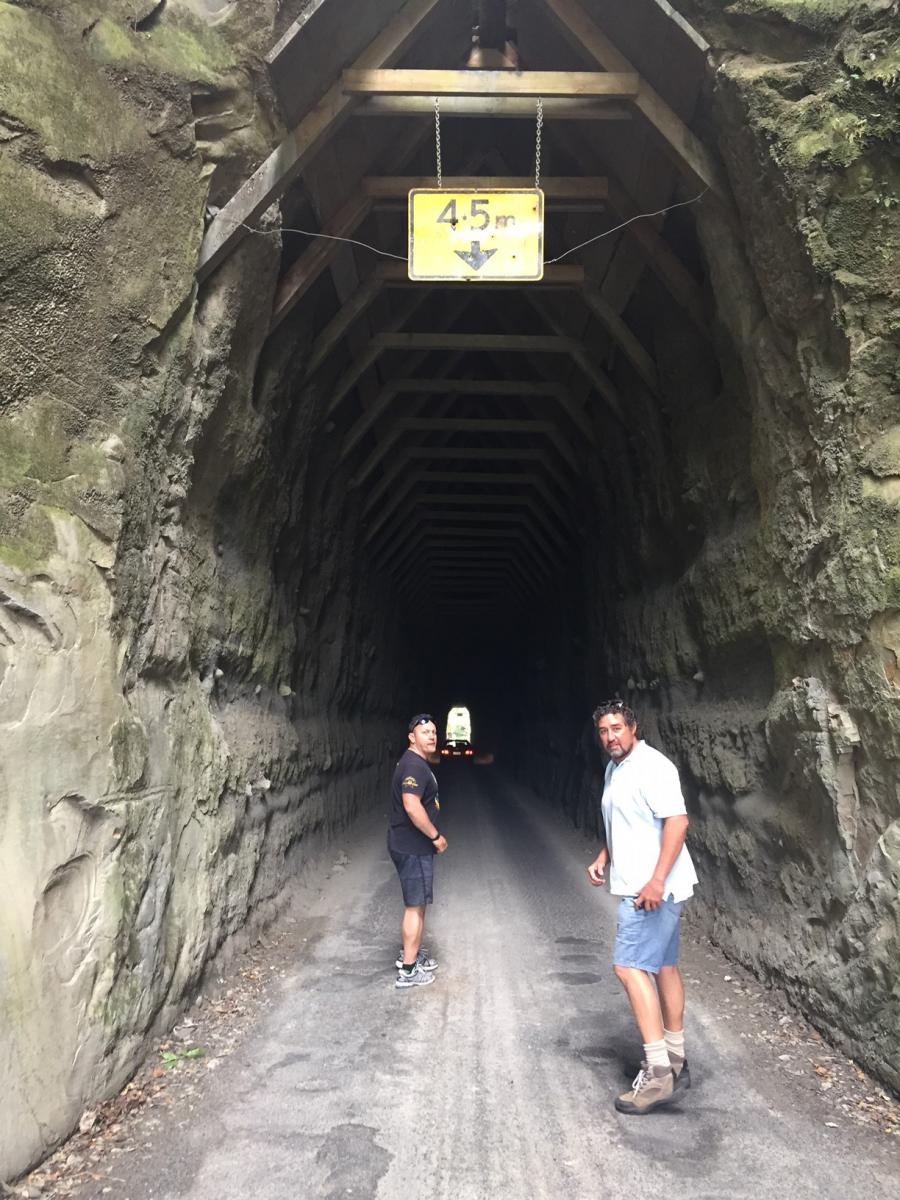
Heading through the Moki Tunnel, we pulled up at the other end so we could head back through with our flashlights in an attempt to find the fossilized giant crabs that lurk here. It turns out our eyesight may need checking as between the three of us we couldn’t find them! Maybe next time.
The animals on the highway don’t particularly care about the vehicles that travel through – this is their patch after all. We often found ourselves slowing down to let geese, goats, cows, sheep, horses and chickens mosey on by.
Stopping at the entrance to Mt Damper falls, we all took the opportunity to stretch our legs over the reasonably short and easy walk to the falls. Emerging from the native bush to the waterfall look out was pretty incredible.
The falls are the North Island’s second highest waterfall. When there has been a lot of rain, the falls are a spectacular sight. Going at the tail-end of summer was still glorious though – and the view out over the bush towards Mt Ruapehu in the distance.
As I’d never been to Taranaki before (!), Tom was very willing to ask what sort of things I was interested in and what I might like to see. Once we left the Forgotten Highway, we turned right up State Highway 3 to keep following the Tongaporutu to the river waha (mouth) where we pulled over to a spectacular view of the river mouth, Elephant Rock and the Three Sisters.
It was time to quench our thirst, so we pulled into Mike’s Brewery for a cold one. Tom had actually got married at the brewery (and landed in a helicopter on the front lawn!), so the place held special memories for him.
A drive through of Waitara, so I could take a quick photo to prove to a friend from there that I’d finally been there, and it was off to Lake Rotomanu to see the award-winning Te Rewa Rewa bridge over the Waiwhakaiho river. Standing on the shores of the Tasman Sea, looking towards New Plymouth, it was easy to see why those who call this place home do so with pride. I’ll be back soon to take Tom up on his kind offer to take me paddleboarding up the rivers and along the coast.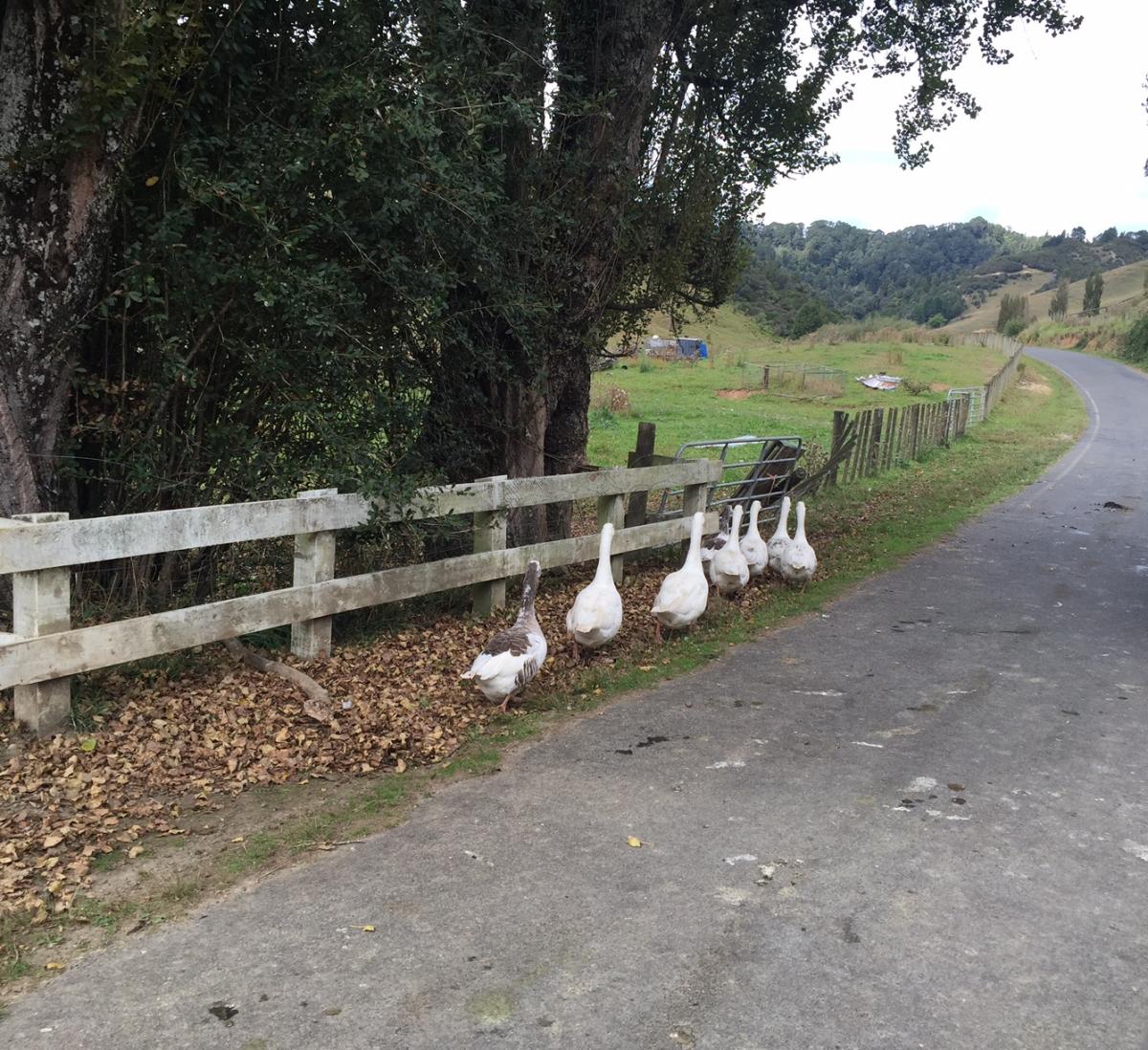
The next morning we meet with Maata and her family at Parihaka Pa. Tohu Kakahi and Te Whiti o Rongomai led the Parihaka movement- a community of passive resistance. Originally on the coast, slowly the constanbulary pushed the community of Parihaka back to where they are now.
Maata and her whanau have big plans for how tourism can help Parihaka and her people – and as we were welcomed into their home they shared with us where they see the community going and how tourism will help them get there. The Parihaka community are all supportive of this tourism venture, as they want to establish employment opportunities for their people. Parihaka is a very important part of New Zealand’s history, both for Māori and pakeha, but unfortunately not many of us understand or know why. School groups are making their way to Parihaka to hear and see the history of this area, and now tourists are making their way there too.
Maata has a presence about her that can be summed up in two words – wahine toa. Translated, a champion woman. She is a woman that has mana, aroha & maanaki radiating from her. Sitting in the whare kai, with her mokopuna happily playing underfoot, it was obvious that anyone welcomed to Parihaka would immediately find themselves at ease and talking with the Wharehoka whanau like they’d known each other for years.
The korero amongst all of us was so free-flowing that we unfortunately didn’t get a chance to get outside and have a tour around Parihaka before we had to leave for the aiport, or to even take photos (you can see some on their website here) – that’s what happens when you’ve just go so much to talk about! Having arrived at Te Niho o Te Atiawa as a manuhiri, it’s beautiful to know that next time I’m there I’ll be greeted as whanau – and a tea towel to help with the dishes!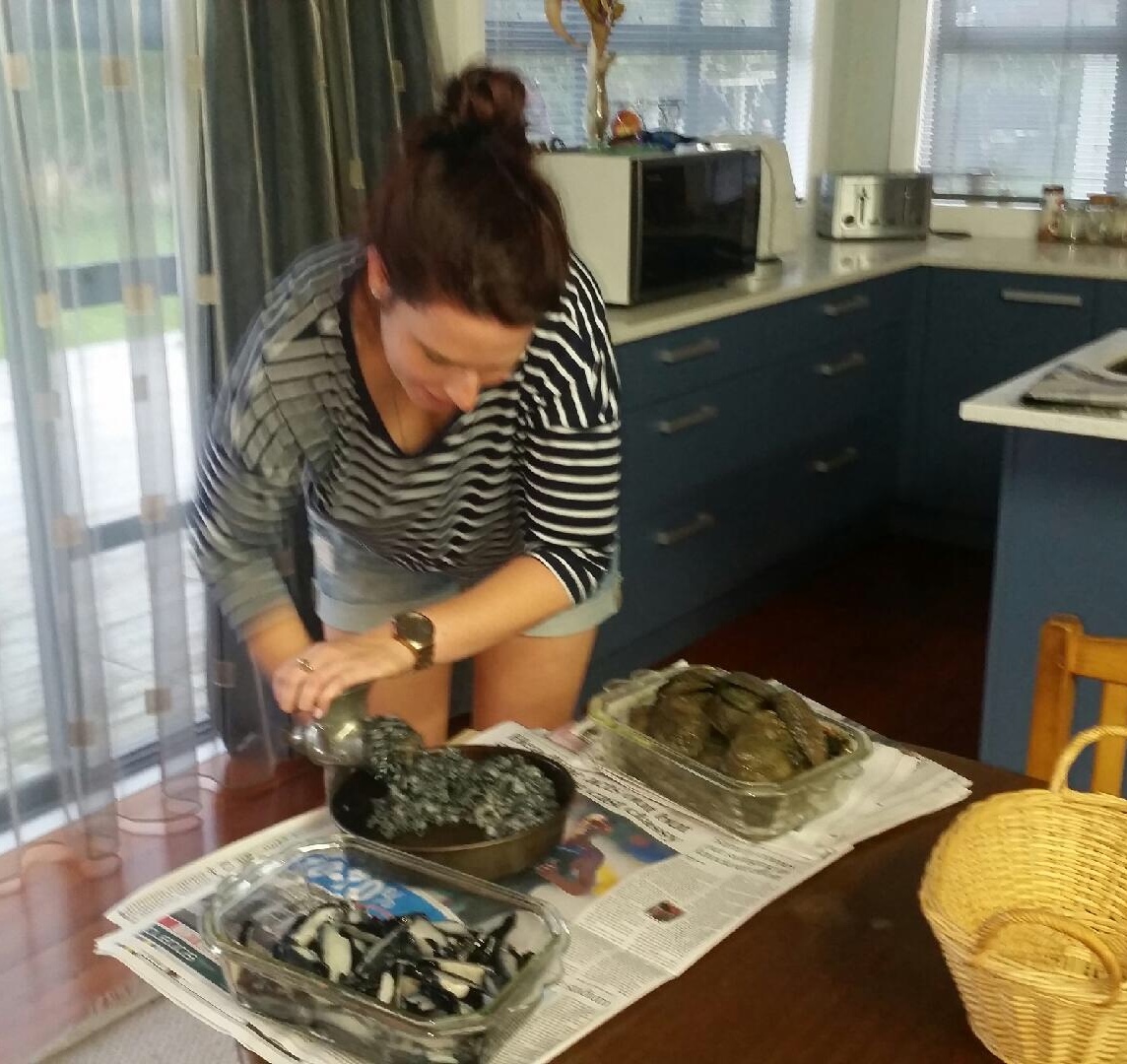
Our thanks and aroha to all involved in our visit.
Director of Regions, Simon Phillips, and Communications Manager Amy Hodgkinson spent time in Whanganui and Taranaki to meet with some of our operators there.. New Zealand Māori Tourism pays for all our accommodation and experiences.
To contact the people/businesses above:
Anndion Lodge
Accommodation, Functions, Dining, Conferences
Anndion Lodge, Phone 0800 343 056 or anne@anndionlodge.co.nz or http://www.anndionlodge.co.nz/
Whanganui MRTO
Māori Regional Tourism Organisation
Daryn Te Uamairangi and Soraya Peke-Mason
wmrto@xtra.co.nz
Arirari Lodge
Accommodation, Weddings, Conferences, Functions, Activities
Ariari Lodge, Phone 06 764 7577 or info@ariarilodge.co.nz or http://www.ariarilodge.co.nz/
Stratford Mountain House
Accommodation, Dining, Functions, Activities
Phone 06 765 6100 or mountainhouse@ruanui.co.nz or http://stratfordmountainhouse.co.nz/
Taranaki Tours
Experiences, tours, Māori culture
Phone 06 757 9888 or contact@taranakitours.com or http://www.taranakitours.com/
Maata Hikoikoi Ki Parihaka
Māori cultural experiences, Pa visit, Accommodation, Education.
Phone 06 763 8701 or info@maata.co.nz or http://www.maata.co.nz
GEOGRAPHICAL PROFILE
Closest Passenger Airport: New Plymouth Airport
Driving distance from Auckland: 4.45 hours/349km
Driving distance from Taupo: 4 hours/296 km
Driving distance from Wellington: 5 hours/353km
Closest town: New Plymouth
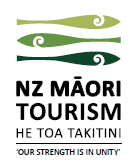

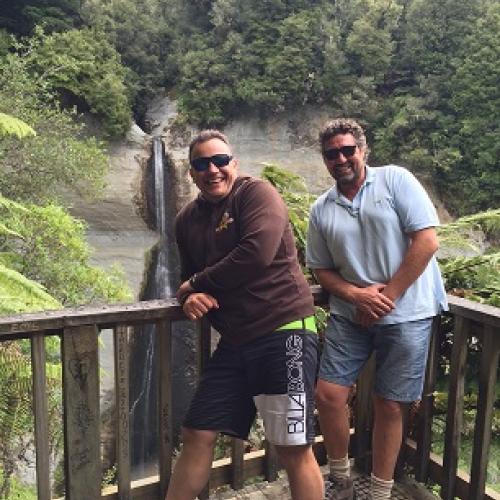
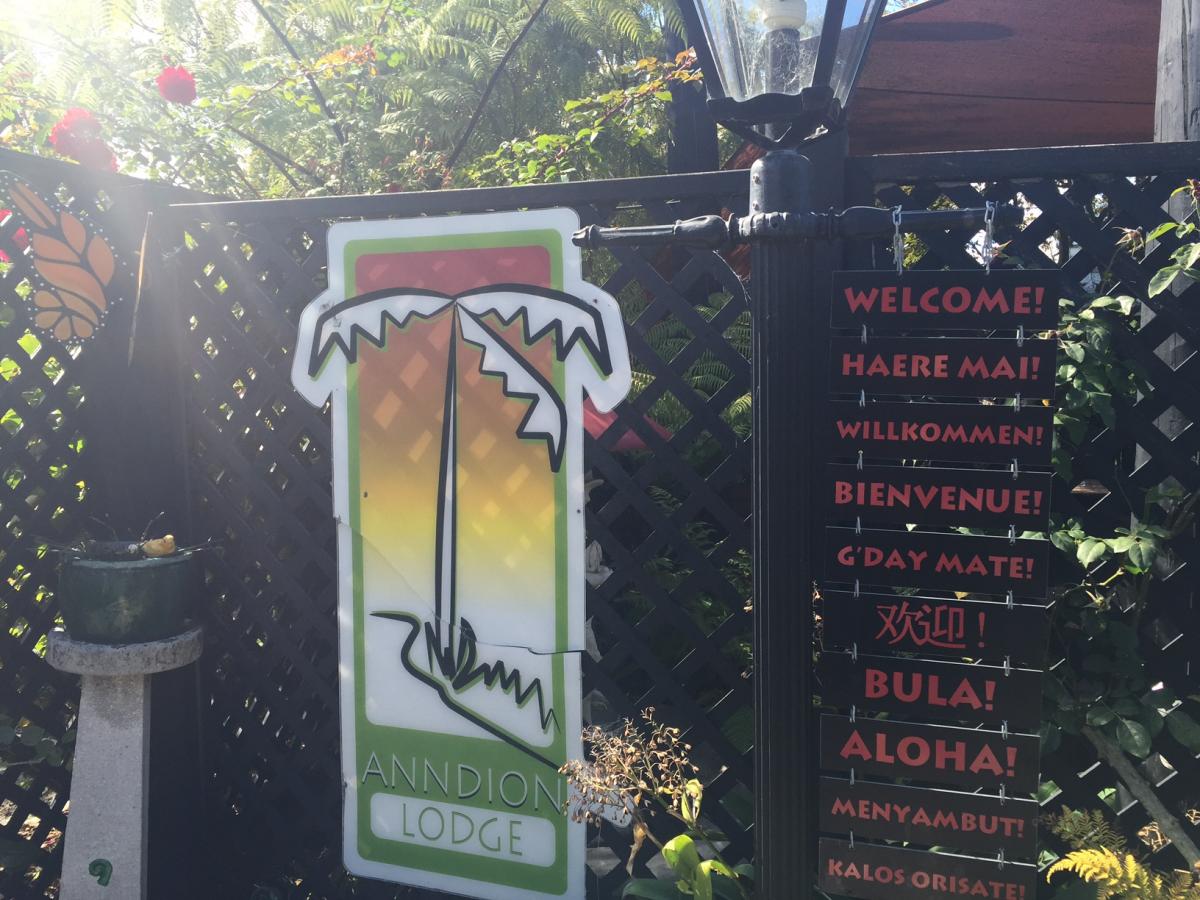
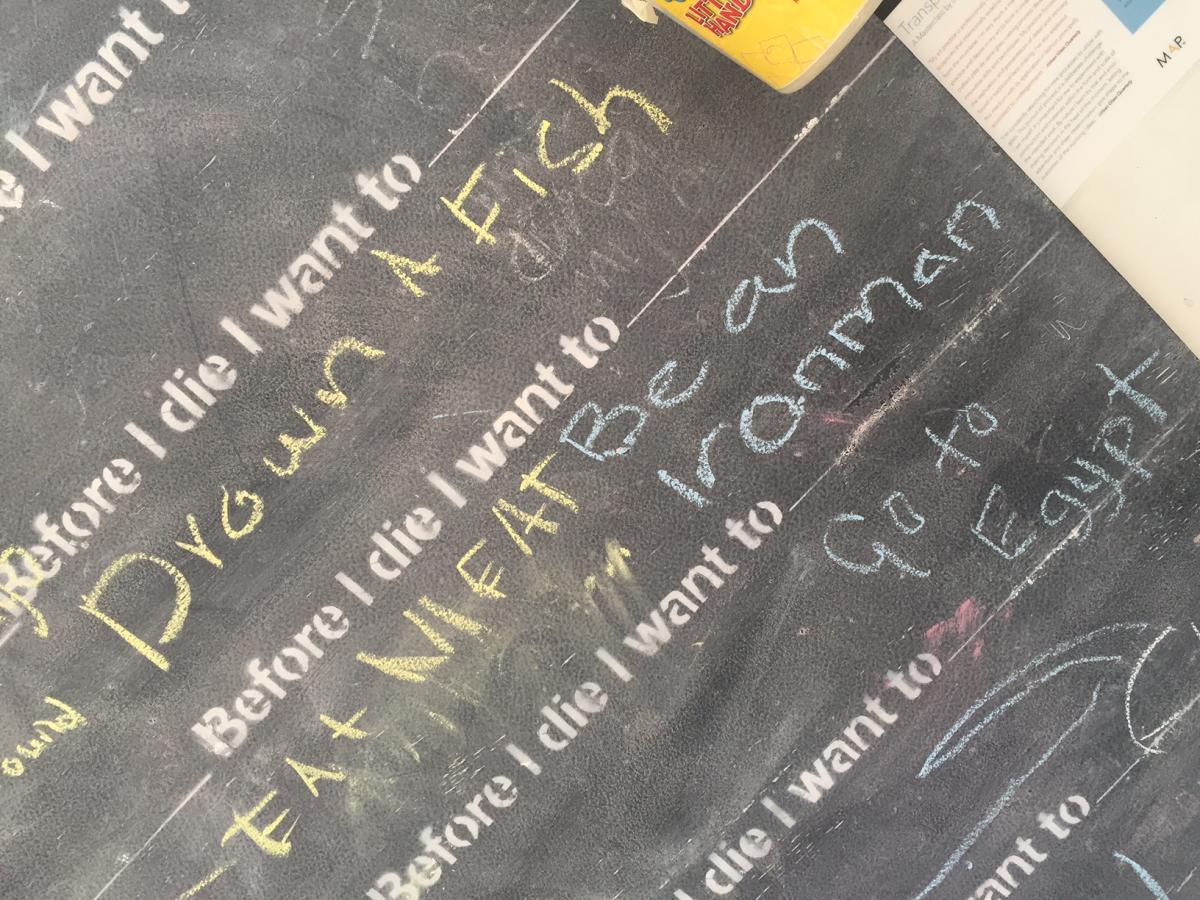
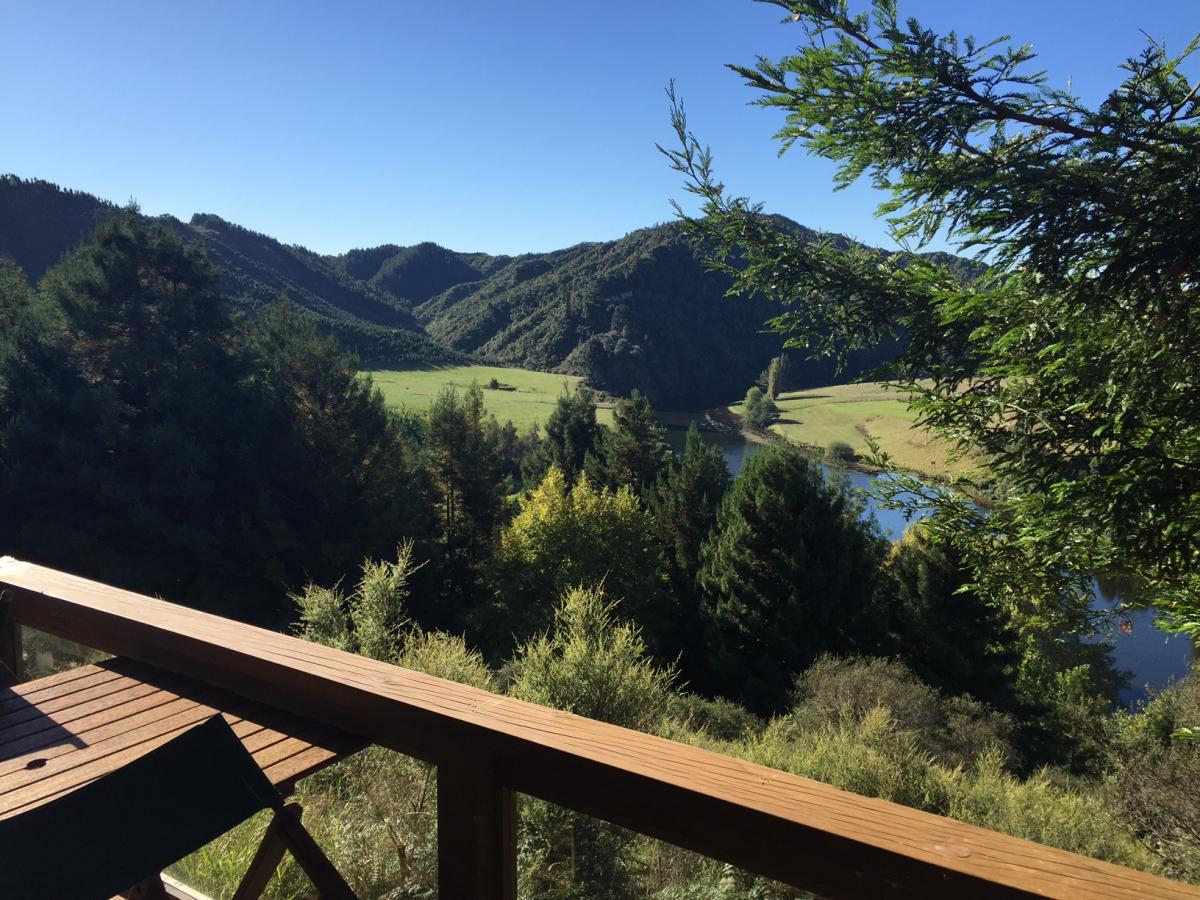

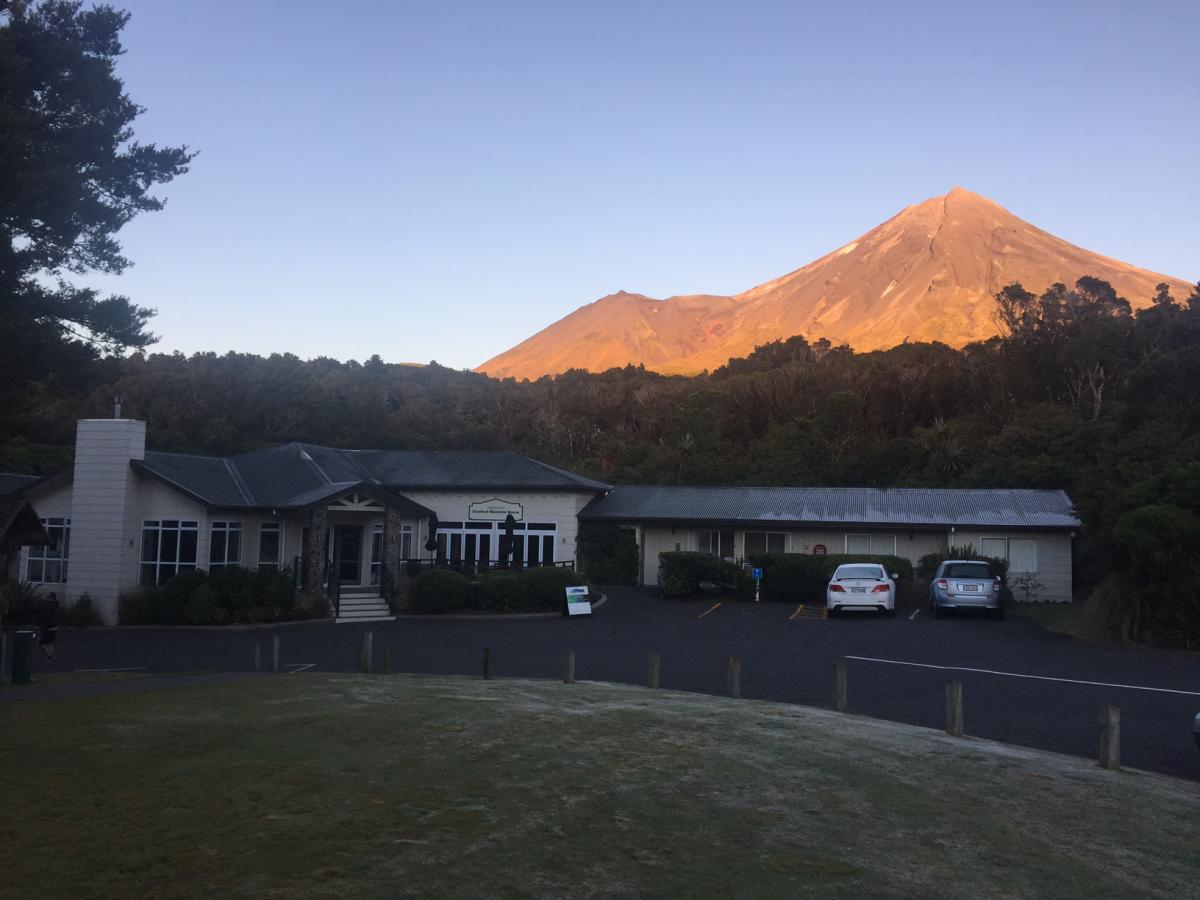
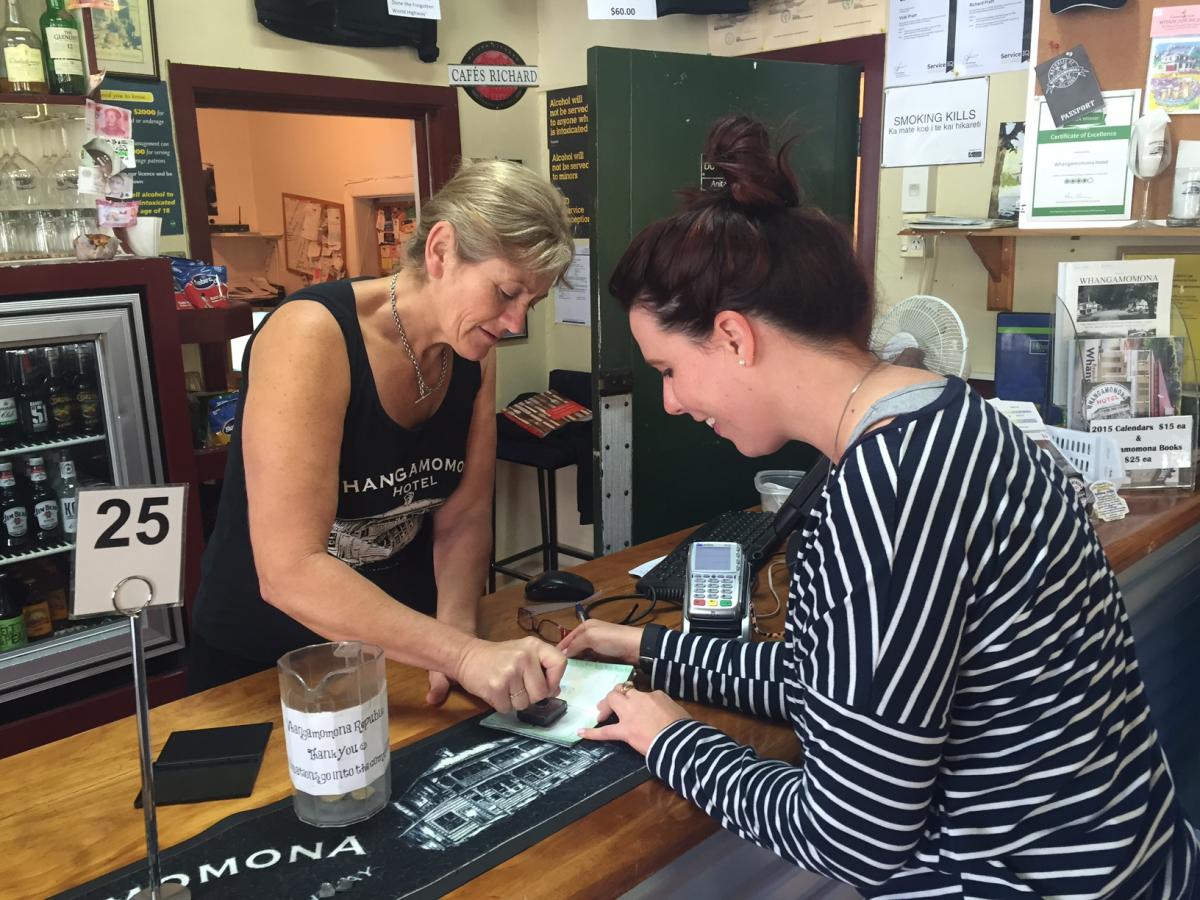
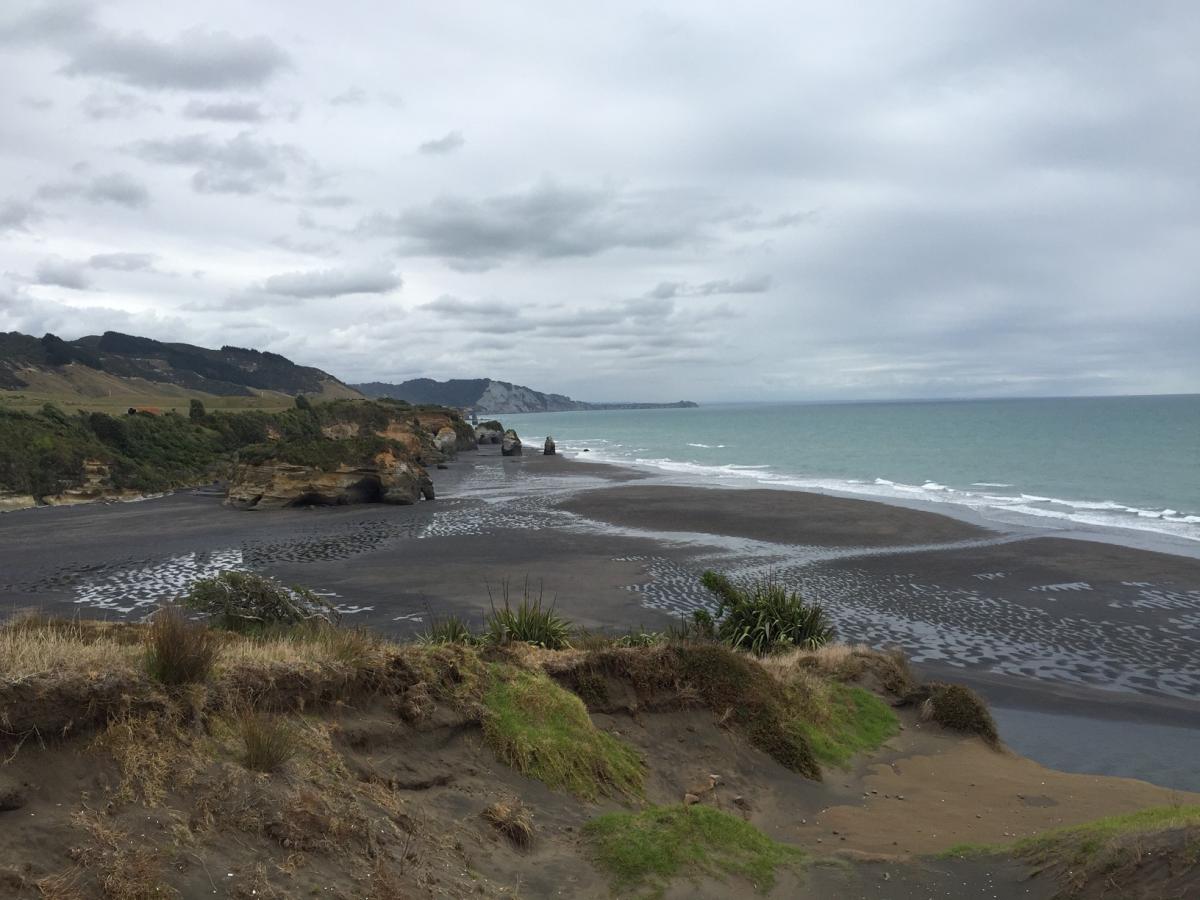
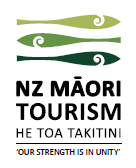
Comments
Until you are fortunate
Add new comment